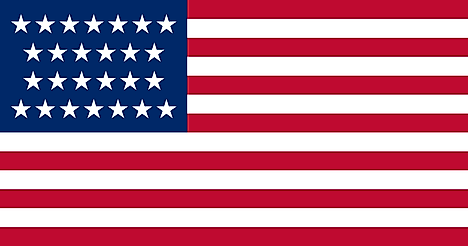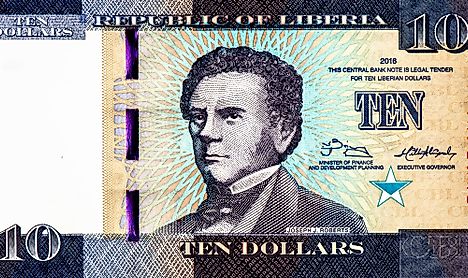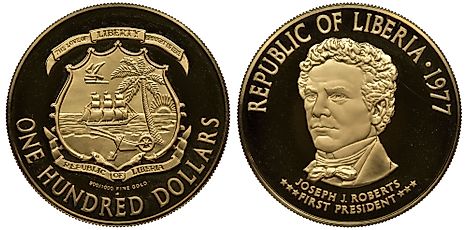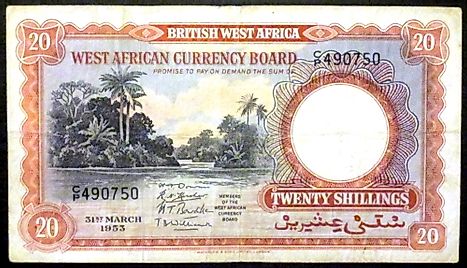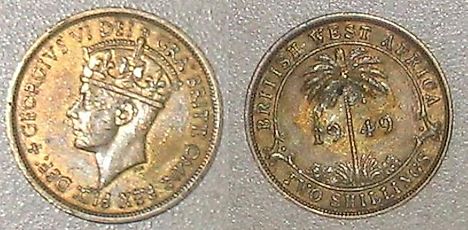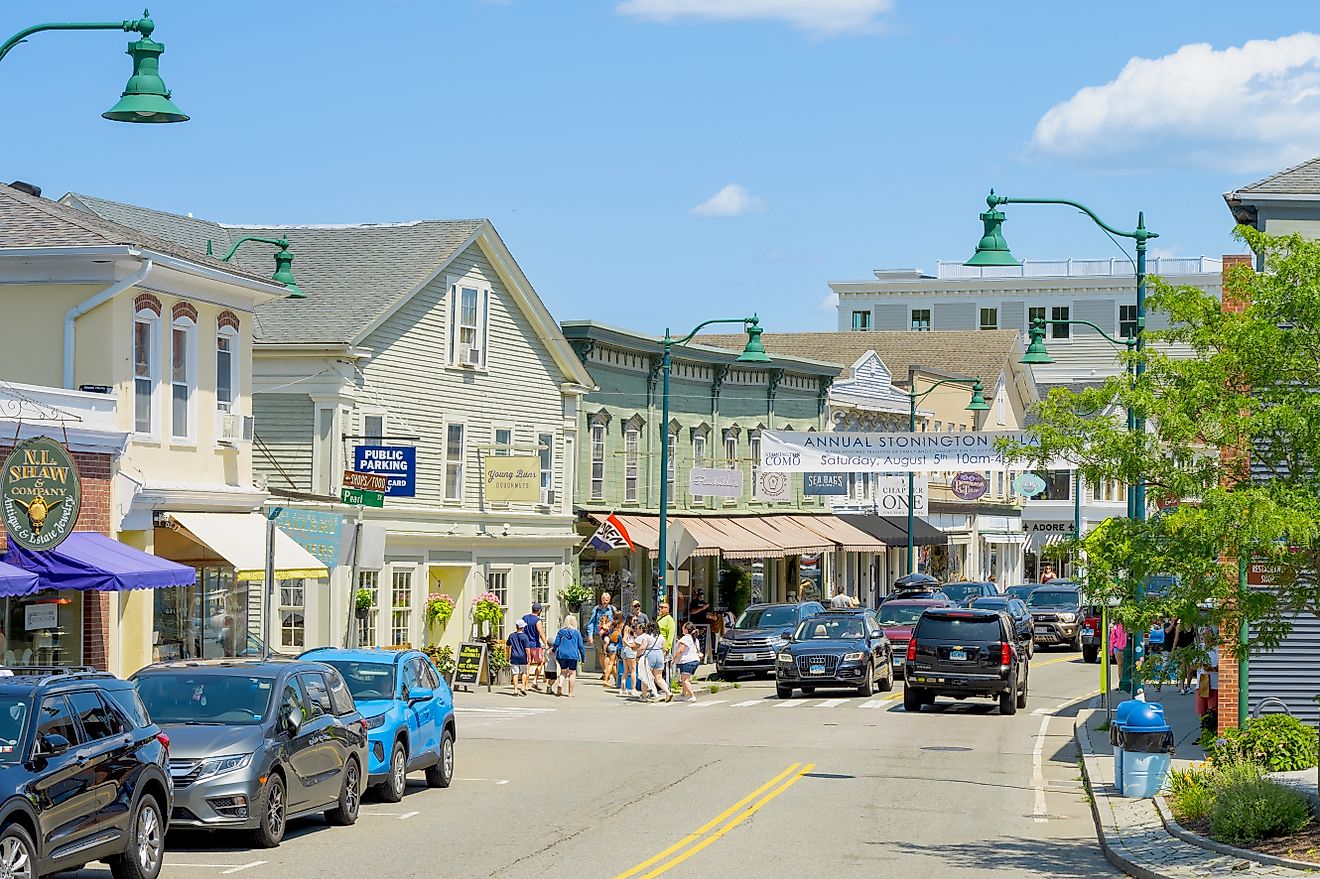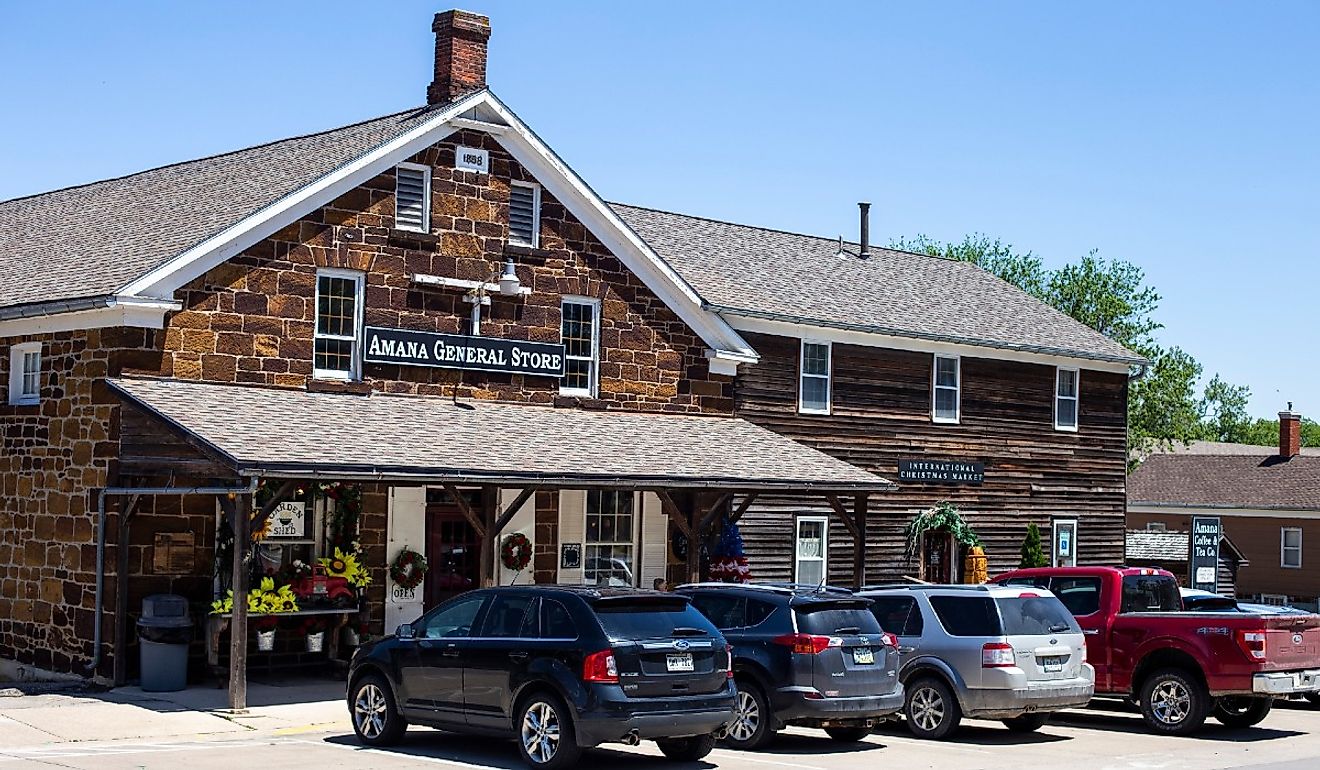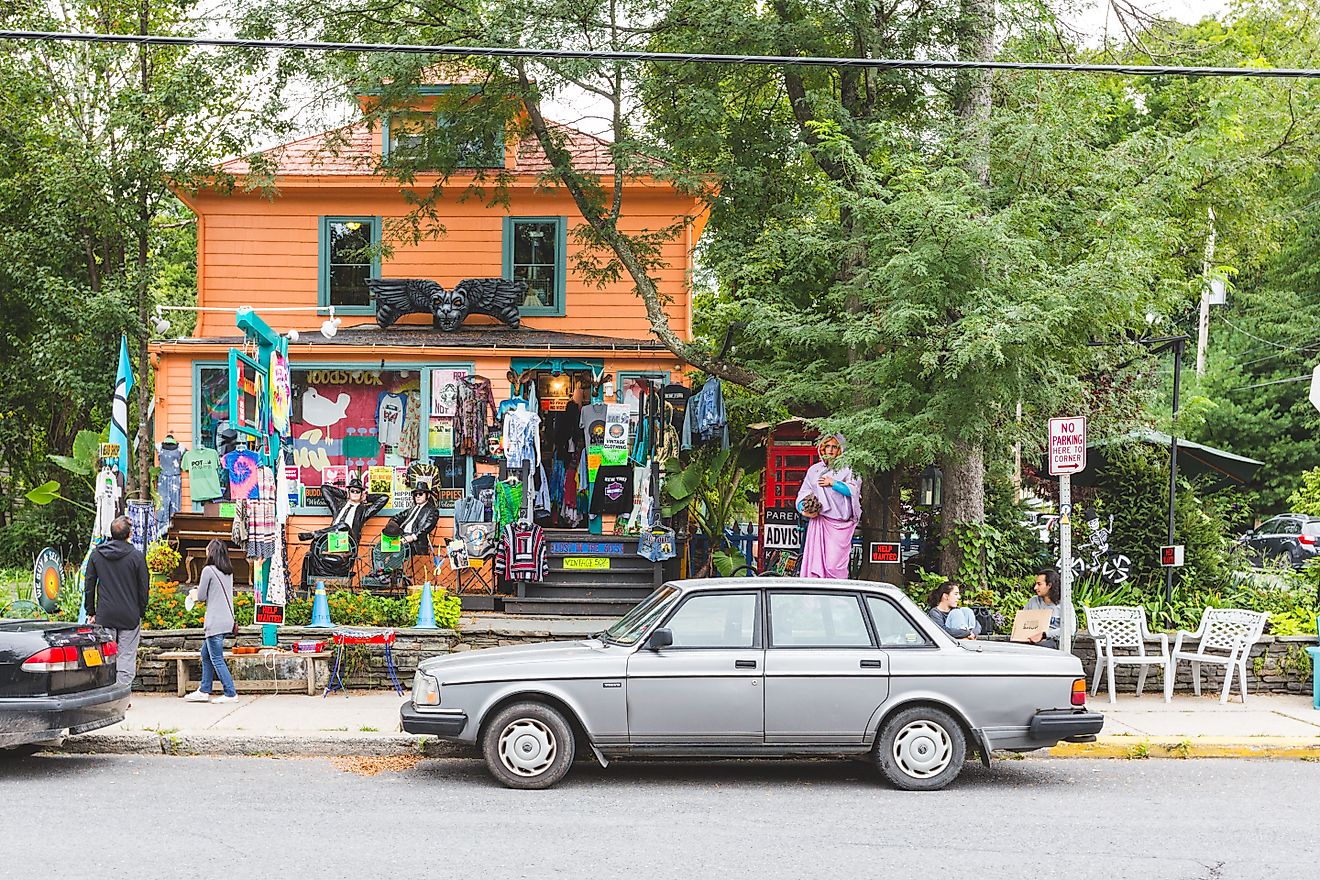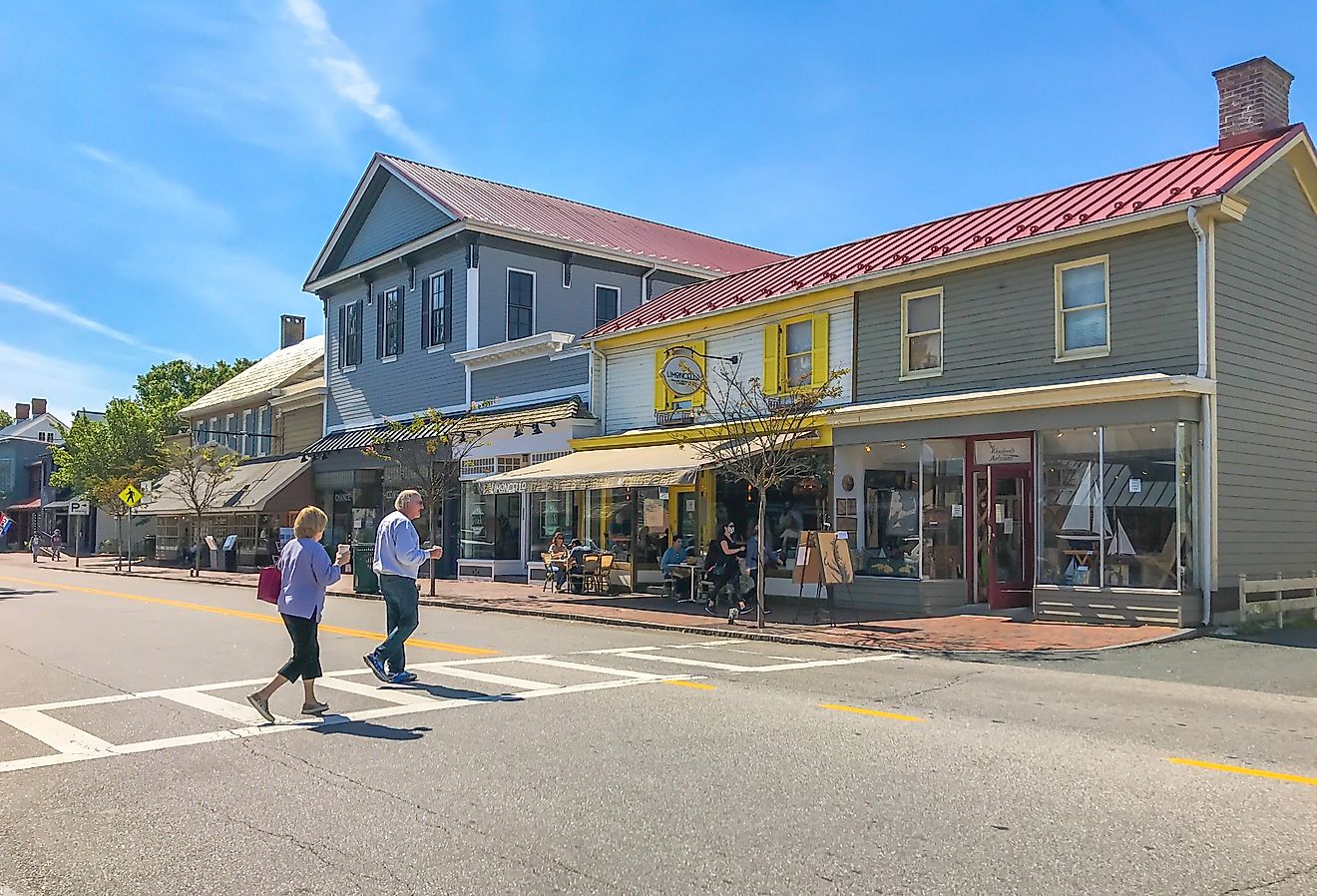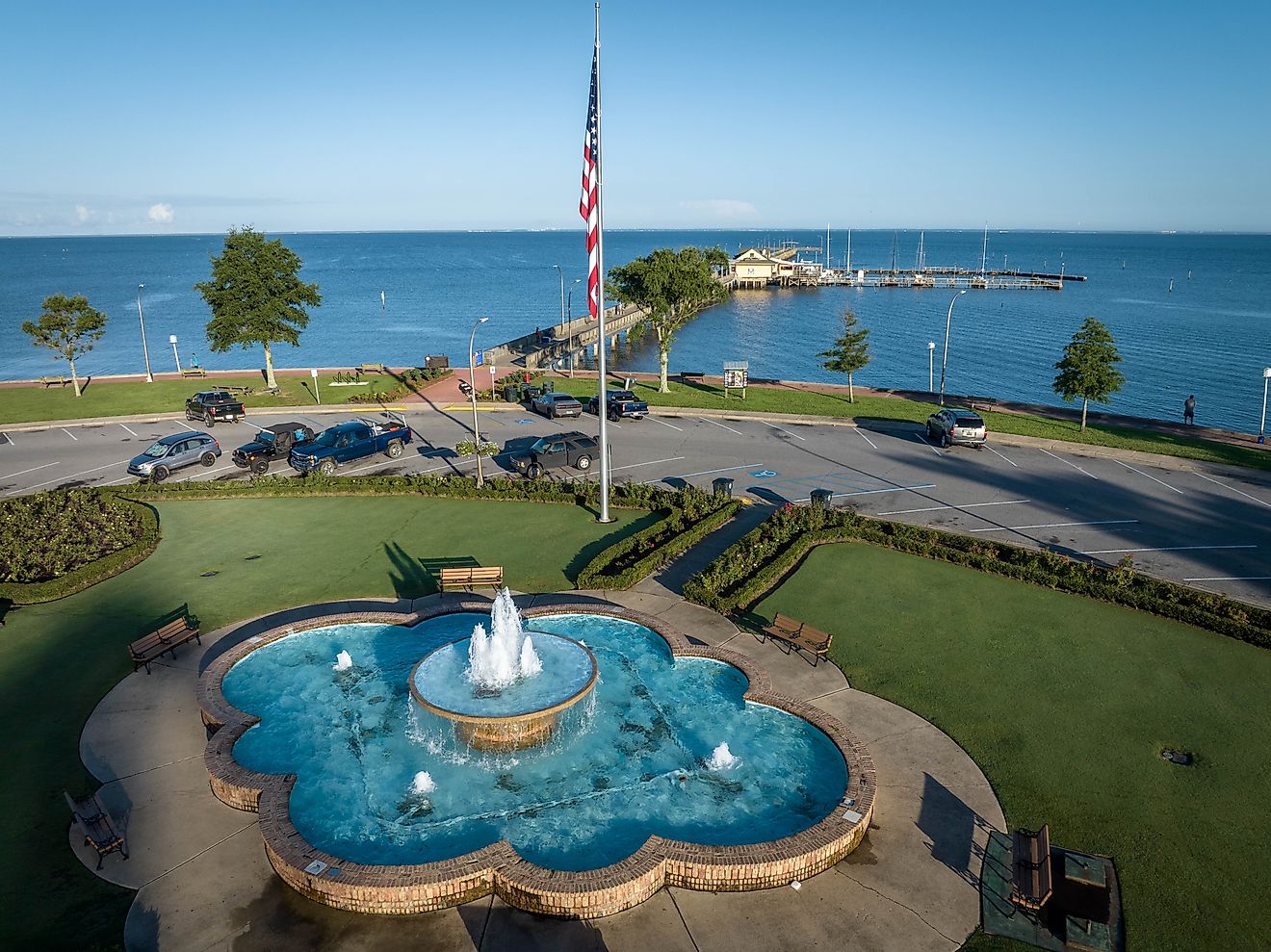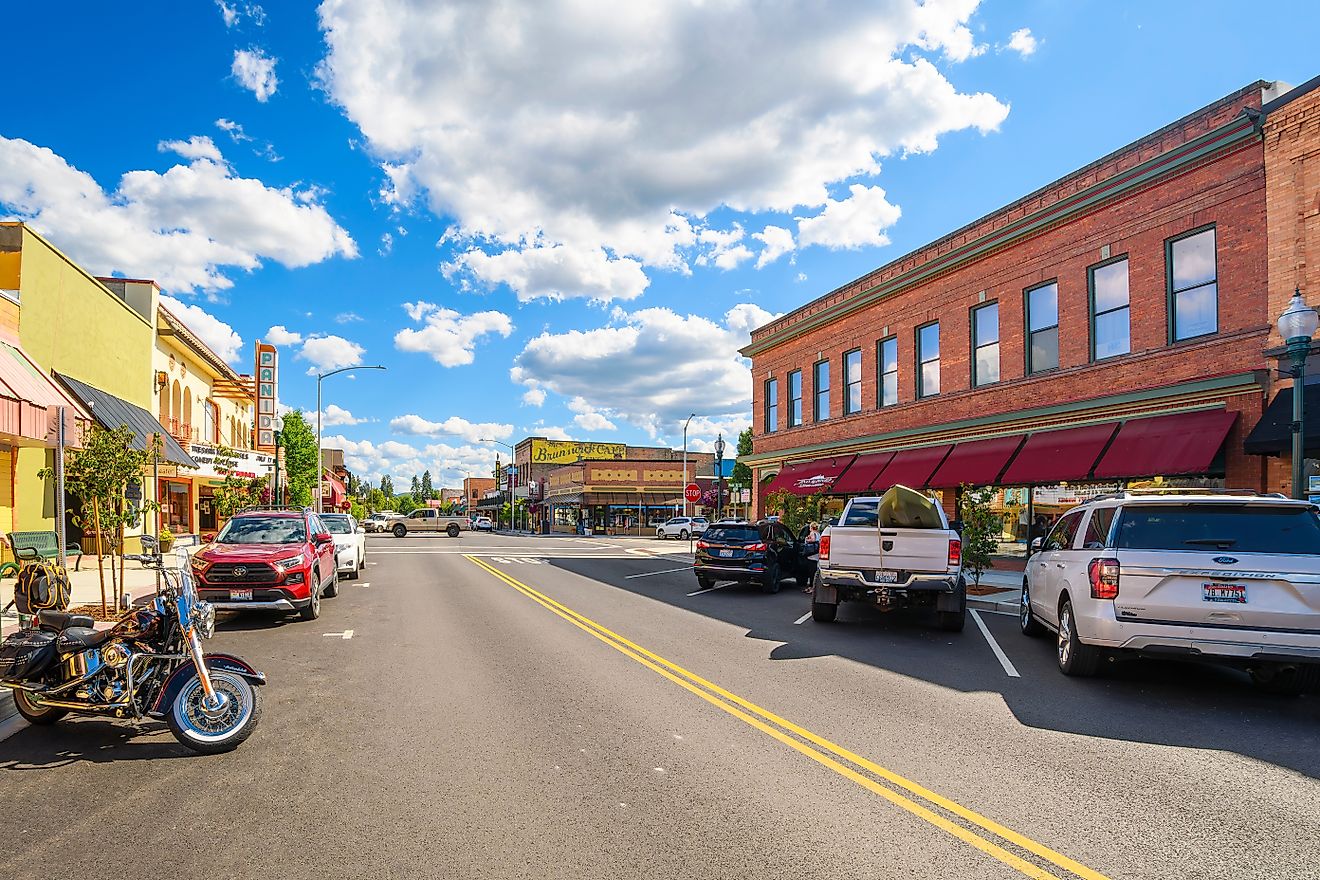Flags, Symbols, & Currencies of Liberia
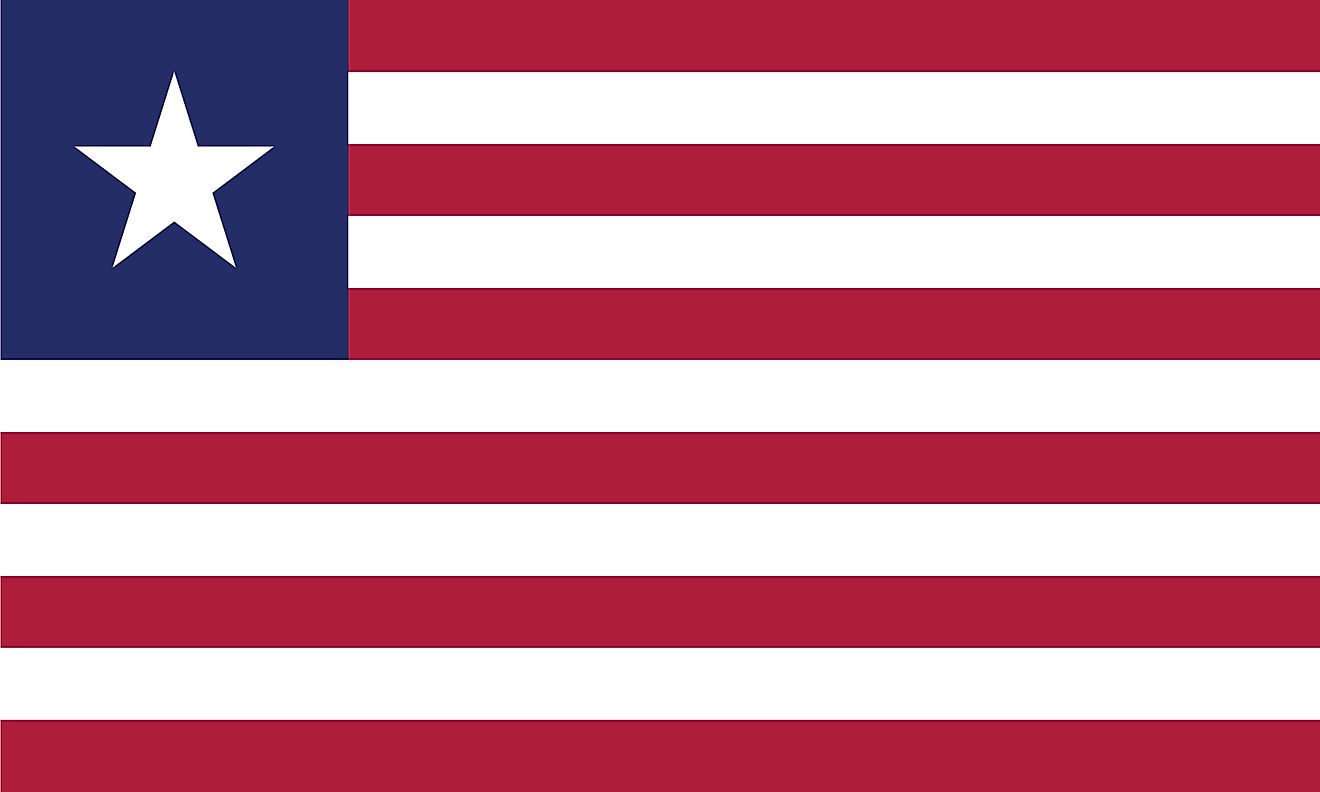
The Liberia flag was officially adopted on July 26, 1847. The flag is modeled after the U.S Stars and Stripes. The flag of Liberia is rectangular in shape and contains eleven horizontal stripes that alternate between red and white. The flag’s canton features a square blue field with a white star. The flag was officially adopted on July 26, 1847, upon the nation's independence. The Liberian flag exhibits some resemblance to the flag of the United States, which is partly explained by the historical connection between the two countries.
The red stripes in Liberia’s flag symbolize courage, while the white color represents moral excellence. The eleven stripes represent the signatories to the country's Declaration of Independence. The blue square in the canton epitomizes the African continent, and white star in the field symbolizes Liberia as the first independent republic in Africa with a western-style governance. The flag’s design is based on a version of the American flag used during the early 19th century and has a height to length proportion of 10:19
History of the Flag of Liberia
Liberia was colonized by the United States in the 1800s and was a major source of slaves for most American families. Like most Western colonialists, the Americans established their flag as the only official flag in the present-day Liberia. Between 1837 and 1845, the government of the Commonwealth of Liberia used the US flag with 26 stars. As Liberia prepared for independence, several of African-American slaves were freed, especially from Maryland, and brought back to the country. These slaves were mainly settled in the Republic of Maryland. The repuplic existed from 1834 and 1857 then merged into the present-day Liberia. The area had a flag consisting of black and yellow alternating stripes and a white cross on blue on the opper hoist corner. When Liberia was established as an independent state, it adopted the current flag, resembling the US flag, as a reminder that the country was founded by people of color who were once slaves in the US.
Symbols of Liberia
National Coat of Arms of Liberia
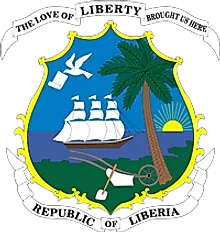
Liberia's coat of arms features a shield displaying a picture of a 19th century ship arriving home (Liberia) (a symbol of the freed slaves brought back home from the United States). Below the shield is the name of the country displayed on a ribbon, and above is the national motto: The Love of Liberty Brought Us Here. Within the shield are several elements, including: a plow and shovel (representing dignity and labor), a rising sun (the birth of a nation), a palm tree (prosperity), and a white dove (for breath of peace).
National Anthem
- Anthem Title: All Hail, Liberia, Hail!
- Music composer: Olmstead Luca
- Lyricist: Daniel Bashiel Warner
- Date of Adoption: 1947
All Hail, Liberia, Hail! is the national anthem of Liberia, adopted in 1847 as the country's official national anthem. The lyrics for the song were written by Daniel Bashiel Warner, who later saved as the Liberia's third president. The lyrics were set to music by Olmstead Luca
All Hail, Liberia, Hail!
All hail, Liberia, hail!
All hail, Liberia, hail!
This glorious land of liberty
Shall long be ours.
Though new her name,
Great be her fame,
And mighty be her powers,
Though new her name,
Great be her fame,
And mighty be her powers,
And mighty be her powers,
And mighty be her powers,
In joy and gladness
With our hearts united,
We'll shout the freedom
Of a race benighted,
Long live Liberia, happy land!
A home of glorious liberty,
By God's command!
A home of glorious liberty,
By God's command!
All hail, Liberia, hail!
All hail, Liberia, hail!
In union strong success is sure
We cannot fail!
With God above
Our rights to prove
We will o'er all prevail,
With God above
Our rights to prove
We will o'er all prevail,
We will o'er all prevail,
We will o'er all prevail,
With heart and hand
Our country's cause defending
We'll meet the foe
With valor unpretending.
Long live Liberia, happy land!
A home of glorious liberty,
By God's command!
A home of glorious liberty,
By God's command!
The Currency of Liberia is the Liberian dollar
First Liberian Currency
The Liberian dollar was introduced as the country’s first currency upon its independence in 1847. It was equally valued to the US dollar at the time. The Liberian dollar came in the form of copper coins worth one and two cents. Liberia’s first bank notes were issued by the Treasury in 1857 in denominations of 1, 2, 3, 5, and 10 Liberian dollars, as well as 10 and 50 cent notes. Coins in denominations of 10, 25, and 50 cents were introduced in 1896.
Second Liberian dollar
In 1935, Liberia stopped using the British West African pound in favor of the US dollar. Two years later, the Liberian Treasury released new Liberian dollar coins which were used concurrently with the US dollar. The currency went on to be used for many decades. After a violent coup and an assassination of the president in 1980, Liberia experienced political upheavals and a civil war that lasted until 2003. Due to the instability experienced in that period, the country’s economy greatly declined. As a result, the Liberian dollar significantly depreciated against the US dollar. In 2000, the newly established Central Bank of Liberia released new banknotes each bearing a former president’s portrait. Between 2013 and 2015, Liberia suffered again after the dreaded Ebola virus spread in the country killing more than 11,000 people. The outbreak of the disease dragged down the country’s economy and its currency.
Modern Liberian Currency
As a result of a massive decline in Liberia’s economy which started in 1980, the Liberian dollar significantly lost value. High rates of corruption in the country also led to its loss of value. Due to the continuous drop in the value of the currency, very few traders accepted it as a medium of exchange. People in Liberia prefer to use the US dollar as opposed to their national currency. The country lacks proper financial systems to exchange foreign currency. Traders exchange the Liberian dollar for the US dollar in the black market, which leads to a further decline in the value of the Liberian dollar.
Historical Currencies of Liberia
Liberia is a nation in West Africa that was a busy trading region for British, Portuguese, and Dutch merchants in the 17th century. European traders exchanged commodities with local traders as a form of payment. At the start of the 19th century, freed American and Caribbean slaves began to resettle in Liberia. The former slaves moved to Liberia due to the injustices suffered in America. The newly settled American-Liberians declared Liberia an independent state in July 1847. It was the first African country to attain independence. The American-Liberians also created Liberia’s first currency, the Liberian dollar, and linked it to the US dollar. However, Liberia abandoned its dollar currency in 1907 and adopted the British West African pound. At the time, the West African pound was the currency circulating in most West African countries, including Nigeria, Gambia, and Sierra Leone. The British West African pound was pegged to the pound sterling. The currency came in the form of aluminum and nickel-plated coins. In 1918, newly created banknotes were issued. The coins and banknotes were produced and issued by the West African Currency Board. The pound was relaced by the second Liberian dollar in 1935.
